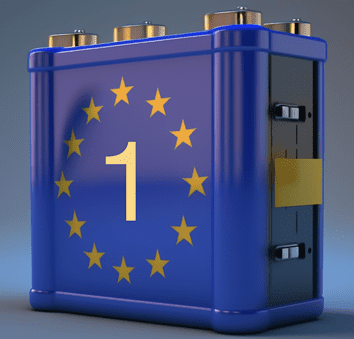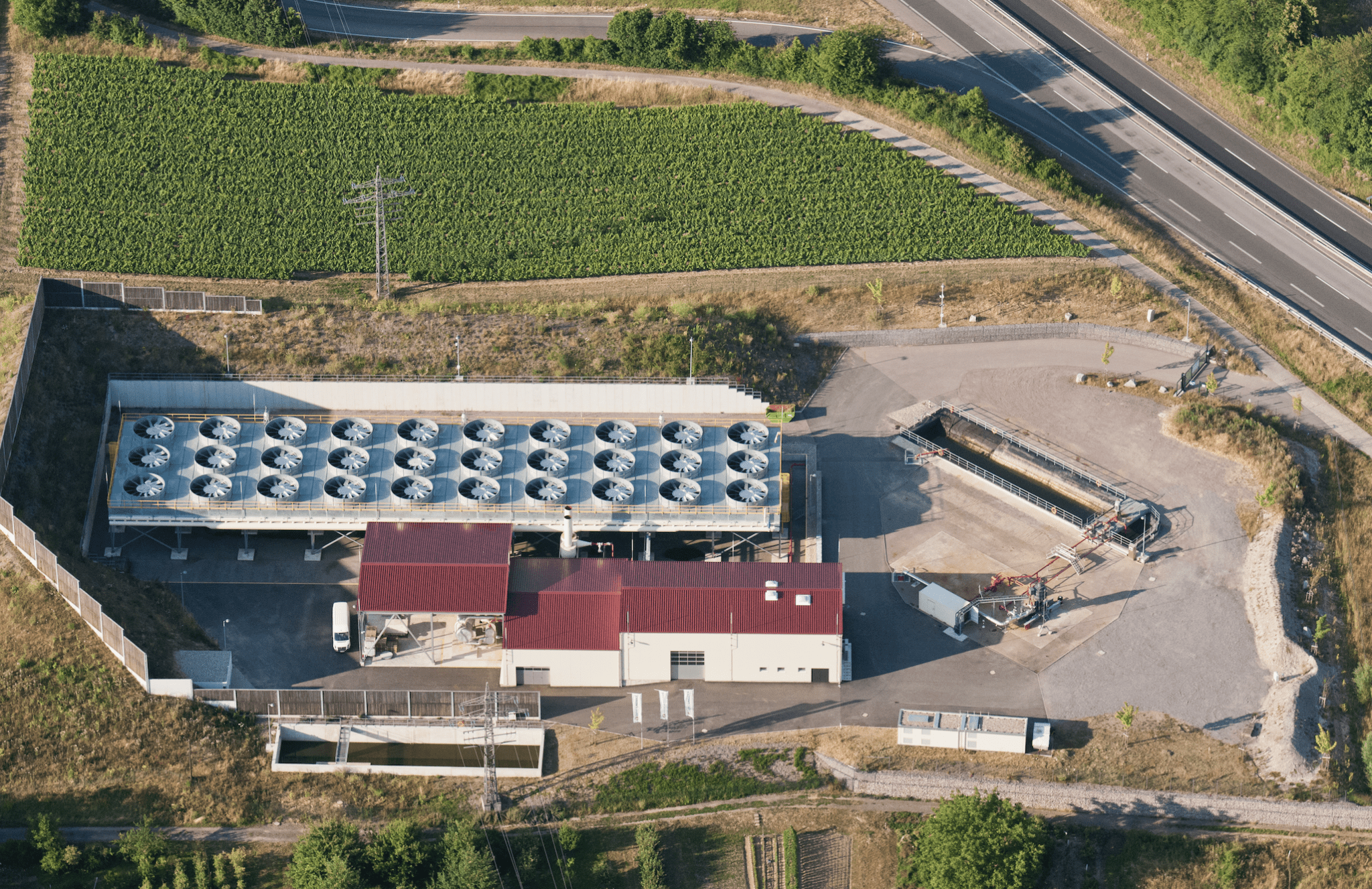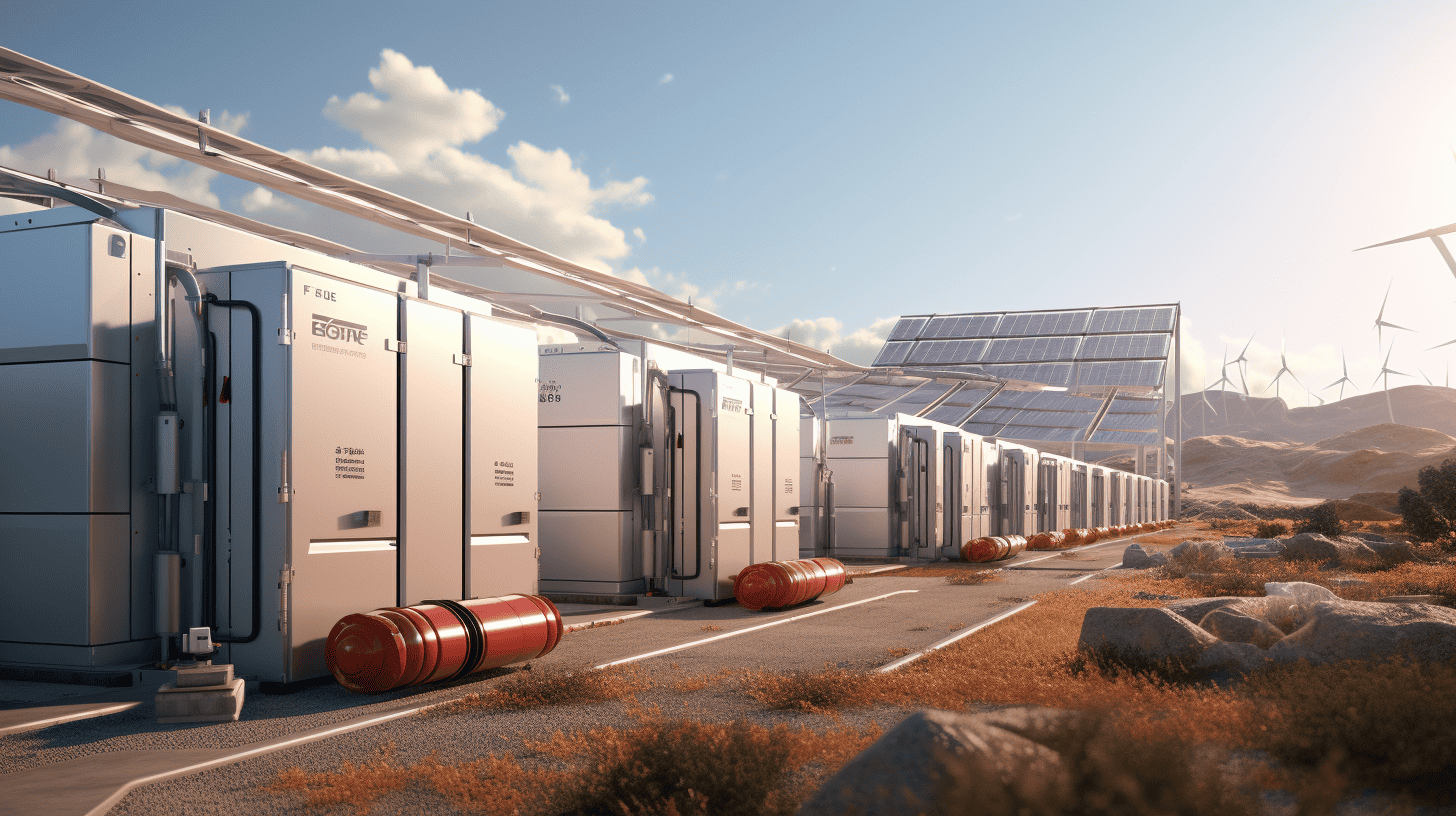
The global battery market is booming. Boosted by the fast development of electric driving, consumer electronics, and storage for off-grid and microgrid systems, the industry has developed rapidly worldwide. In many cases, government policies and incentives have augmented these developments. In a 3-part series, we examine the European contributions to this trend and the European Battery Alliance’s role. In part 1, we focus on the challenges and opportunities of this booming industry.

The European battery market has experienced significant growth in recent years, driven by the increasing demand for energy storage for consumers and businesses. Europe operates in a competitive global market, offering opportunities and challenges. We must first look into the most important drivers to fully understand their relative importance.
What are the key drivers of the battery market?
Most of all, it’s about the growing adoption of electric vehicles (EVs): As concerns about climate change and air pollution increase, many countries are pushing to adopt electric vehicles to reduce greenhouse gas emissions. This has driven the demand for high-capacity and efficient batteries, particularly lithium-ion batteries, for electric vehicles. On a somewhat smaller scale, the proliferation of smartphones, laptops, and other portable electronic devices has fueled the demand for compact, lightweight, and high-capacity batteries.
Moreover, the transition to renewable energy has proven to be a driver in itself. The global shift towards renewable energy sources, such as solar and wind, has necessitated energy storage solutions to manage fluctuations in power generation. This has increased demand for large-scale battery storage systems to maintain grid stability and improve energy efficiency.

Another factor is government policies and incentives. Governments worldwide have introduced various policies, incentives, and regulations to promote clean energy and reduce dependence on fossil fuels. These measures have encouraged the development and adoption of advanced batteries in various applications, such as electric vehicles and grid storage.
Lighter and cheaper
Then, there are advancements in battery technology. Technological innovations in battery materials, design, and manufacturing have led to the development of more efficient, lighter, and cheaper batteries. These advancements have expanded the range of battery applications and made them more accessible to consumers and industries.
For a big part still on an experimental level are the steps taken around energy storage for off-grid and microgrid systems. The need for reliable energy storage in remote locations, where access to the main electricity grid is limited or non-existent, has driven the demand for batteries in off-grid and microgrid systems.

Finally, there is a growing interest in electric aircraft and marine vessels. The aviation and marine industries also explore electrification to reduce emissions and fuel consumption. This has led to increased interest in batteries for electric aircraft and marine vessels. These developments seem to be promising for the future, but for now, they are still in the stage of prototyping.
Opportunities and challenges
The European battery market offers promising opportunities driven partly by the growing demand for EVs and renewable energy storage. However, challenges such as competition from Asian manufacturers, raw material availability, and infrastructure development must be addressed to capitalize on these opportunities fully.
Looking at the opportunities, the growing demand for electric vehicles is crucial. With increasing environmental concerns and stricter emissions regulations, EV demand is rising – and will be for some time. This growth presents a significant opportunity for the European battery market, as batteries are a key component in EVs.
Renewable energy storage is another big opportunity. The European Union has set ambitious renewable energy targets, which necessitates the development of efficient energy storage systems. Batteries are one of the primary solutions for storing energy generated from renewable sources like solar and wind, providing an opportunity for market growth. Continued research and development in battery technology is another factor in this regard. It can improve performance, increase energy density, and reduce costs. This can result in a more competitive market and further drive demand for batteries.
Local production
Another opportunity can be found in localized production. European governments and companies are investing in local battery production to reduce dependency on battery imports from Asia. This can create jobs, improve the supply chain, and increase the competitiveness of European battery manufacturers. Finally, supportive policies and funding can play a significant role. European governments and the EU provide financial support and favorable policies to promote battery production, research, and infrastructure development.

Looking at the challenges, competition from Asian manufacturers comes to mind first. Manufacturers from China, South Korea, and Japan dominate the global market. These companies benefit from established production facilities, economies of scale, and government support, making it challenging for European manufacturers to compete on cost and production capacity. Also, the availability of raw materials is a problem. The production of batteries requires materials like lithium, cobalt, and nickel, which are not abundant in Europe. This creates a dependency on imports, price fluctuations, and potential supply chain disruptions.
Recycling and waste management is as much of a challenge as production is. With the use of batteries increasing, managing end-of-life batteries becomes a critical task. Proper recycling and waste management infrastructure is needed to minimize environmental impact and recover valuable materials. Ensuring the safety and performance of batteries in recycling and the whole value chain is crucial for their widespread adoption. Technological advancements must continue to address issues such as thermal management and battery degradation. Finally, smart infrastructure development is important. Widespread adoption of EVs and renewable energy storage requires significant investments in charging infrastructure and grid modernization, which can be challenging for some European regions.
European Battery Alliance
The market developments, as well as its challenges and opportunities, have converged to create a strong demand for advanced batteries. The significant growth can largely be attributed to the role of the European Battery Alliance (EBA). EIT InnoEnergy drives EBA’s industrial development program. Thanks to its experience in supporting battery and storage innovations, EIT InnoEnergy was asked by VP Šefčovič in October 2017 “to continue its groundwork in partnership with the EU industry, academia, and financial sectors, to deliver first recommendations on enabling framework conditions” by March 2018.
The EBA aims to foster a competitive and sustainable battery ecosystem in Europe and brings together stakeholders from the entire battery value chain, including manufacturers, end-users, policymakers, research institutions, and non-governmental organizations. The EBA addresses the opportunities and challenges facing the European battery market through various roles:
Accelerating investment: The EBA facilitates and promotes investment in battery production facilities, research and development, and infrastructure projects by connecting investors with relevant projects and fostering public-private partnerships.
Policy and regulatory support: The EBA works closely with policymakers to create a favorable regulatory framework for battery production, research, and use. This includes recommendations for subsidies, tax incentives, and other supportive measures to encourage the growth of the battery market in Europe.
Promoting innovation and research: The EBA encourages research and development in battery technologies by supporting collaborative research projects, knowledge sharing, and technology transfer among European stakeholders. This can lead to advancements in battery performance, safety, and sustainability.
Securing raw material supply: To reduce the dependency on imported raw materials, the EBA seeks to establish strategic partnerships with countries rich in resources like lithium, cobalt, and nickel. These partnerships can help ensure a stable supply of raw materials and reduce price fluctuations, benefiting the European battery market.
Developing a skilled workforce: The EBA aims to build a skilled workforce by supporting education and training programs in battery technology, manufacturing, and recycling. A well-trained workforce is essential for the growth and competitiveness of the European battery industry.
Encouraging sustainability and recycling: The EBA promotes the development of a circular economy for batteries by supporting recycling initiatives, waste management infrastructure, and adopting sustainable battery technologies. This can help minimize the environmental impact of batteries and ensure that valuable materials are recovered from end-of-life batteries.
Fostering collaboration: By creating a platform for stakeholders to collaborate, share knowledge, and engage in strategic partnerships, the EBA helps to strengthen the European battery ecosystem and make it more competitive on the global stage.
In this series’s next part, we will examine the why and how. We’ll look at the first achievements of the European Battery Alliance and its ambitions to help Europe become a leading player in the global battery industry.









